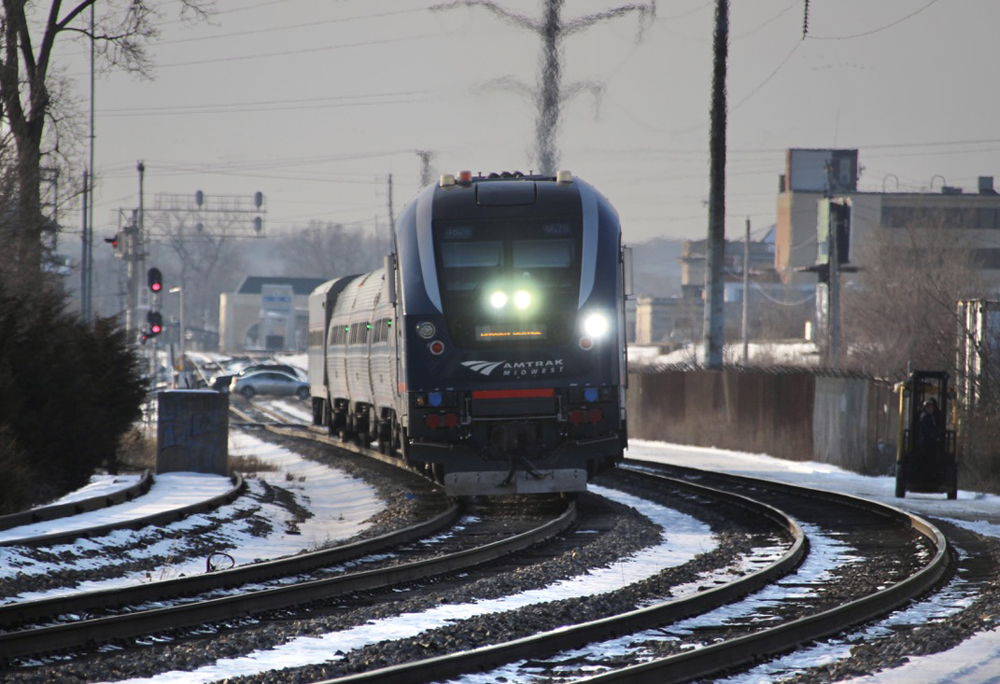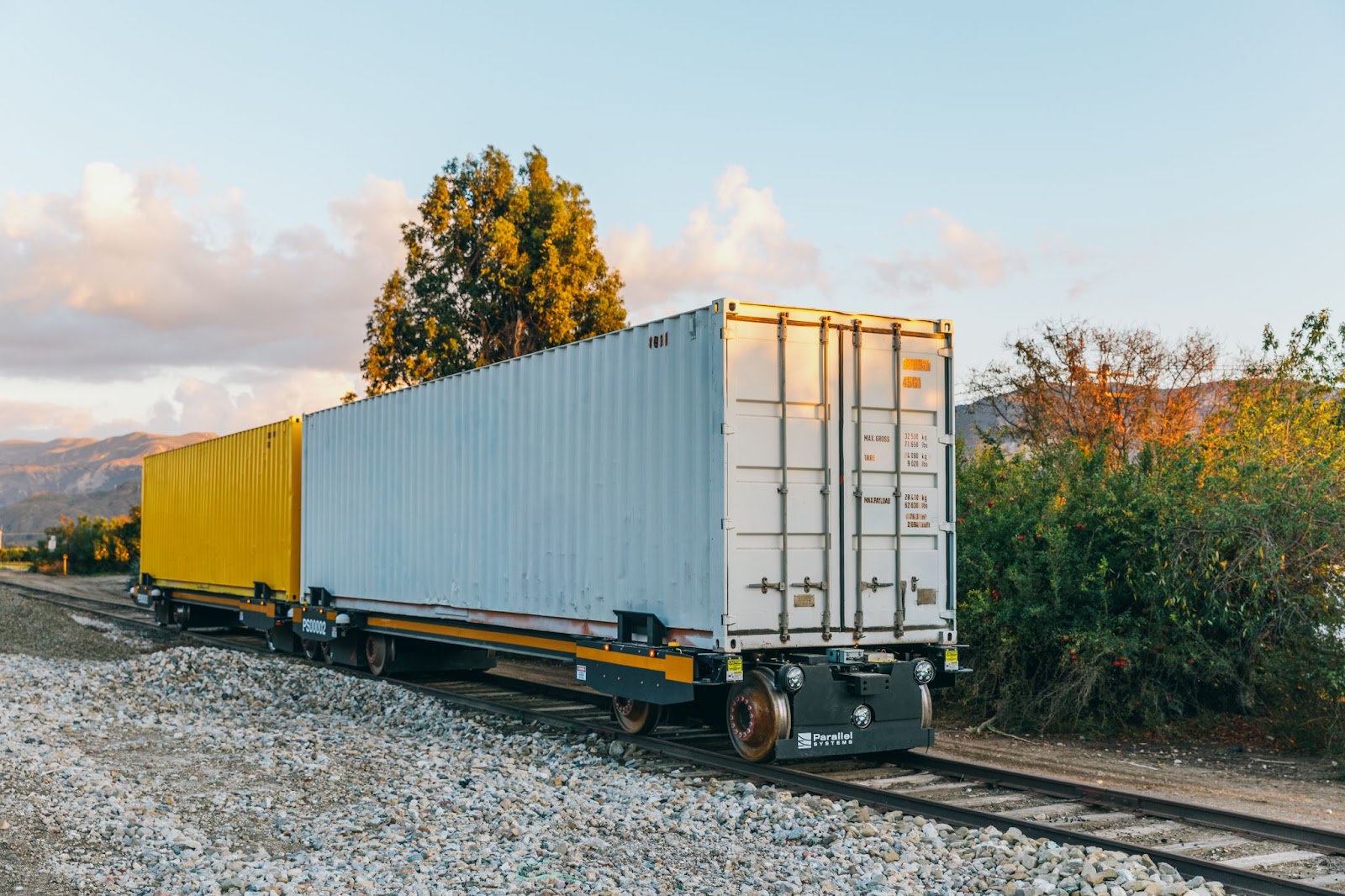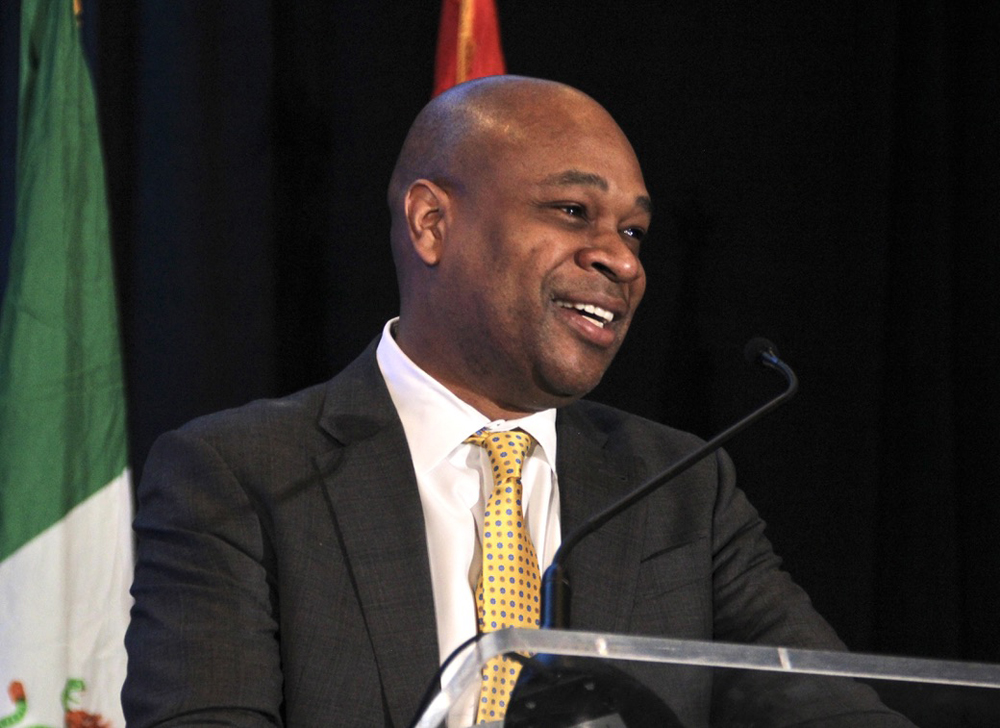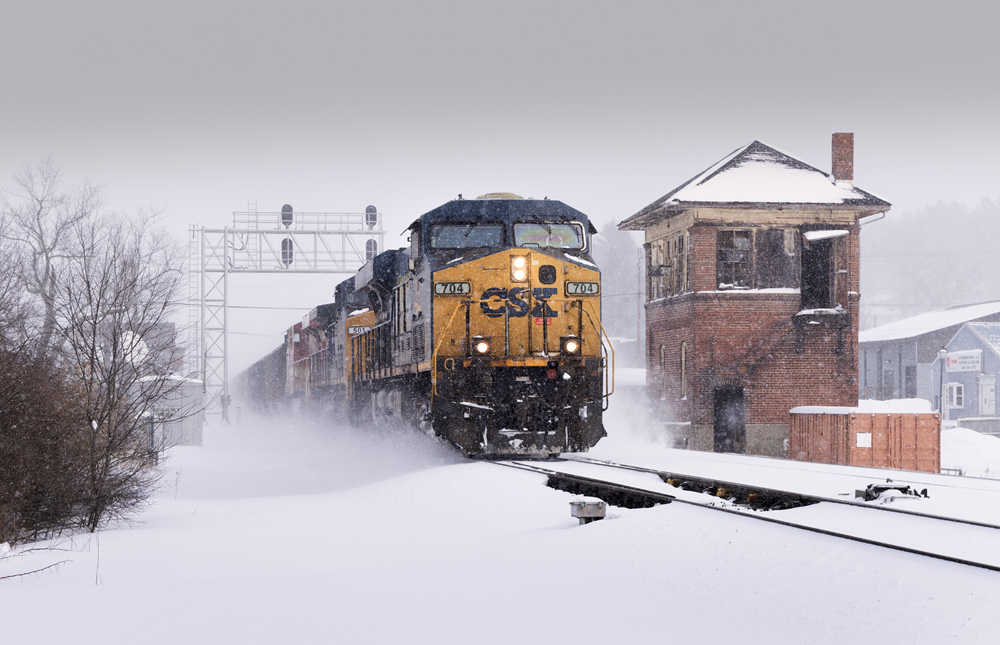Perhaps no one has summed up the pandemic’s impact on rail traffic and operations in 2020 better than CSX Transportation CEO Jim Foote.
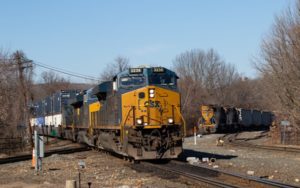
“The last six months have truly been surreal,” Foote told investors and analysts on the company’s earnings call in October. “On last quarter’s call we discussed the largest and most rapid sequential volume declines in CSX’s history. Now, just three months later, record sequential increases. Think about that: Volume declines and increases twice as steep as the largest swings we experienced in the Great Recession in the span of just a few months.”
Rail traffic was clobbered as pandemic-related lockdowns spread in March, including a roughly six-week shutdown of auto assembly plants across North America. Then came what few expected: Traffic rebounded quickly, led by a surge in intermodal volume.
For the most part, the industry handled volatile volume well. And Foote says that just a few years ago, a large volume swing would have tied railroads in knots.
“If you’d had this kind of traffic surge across the rail network in North America four or five years ago, we would be now talking about gridlock across all the major cities in the country,” Foote says. “And now with the common mindset of how you run a railroad, we’re able to respond, we’re able to pivot, we’re nimble, we can add capacity, we can shrink capacity, we can right-size our business and we can do that much more effectively and much more logically and thoughtfully.”
A combination of tight truck capacity, retailers restocking depleted inventories, and a rise in imports through the ports of Los Angeles and Long Beach contributed to the recovery in intermodal volume.
Rail service held up relatively well overall, based on intermodal train speeds remaining above the long-term averages. Pinch points emerged, however, in Southern California, Chicago, and elsewhere as intermodal volume spiked, prompting BNSF Railway, Norfolk Southern, and Union Pacific to put limits on loads at certain intermodal terminals in California and Chicago at various times during the summer and fall.
Consumers shifted their spending from experiences – such as dining out and travel – to goods such as appliances, electronics, and home improvement projects, all of which boosted intermodal.
But carload volumes have yet to fully recover from the pandemic, mostly due to the collapse of energy prices that affected crude by rail, frac sand, and ethanol shipments. Industrial production, which feeds carload volume and has been sluggish for more than a year, remains stuck below pre-pandemic levels.
The pandemic also reduced demand for electricity, which propelled the continued decline of coal traffic. The other major bulk commodity – grain – grew in both the U.S. and Canada, driven largely by exports.
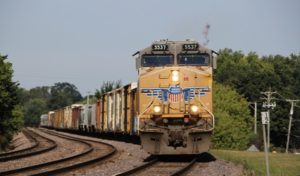
(TRAINS: David Lassen)
Short line railroads’ carload traffic held up much better than Class I volumes, provided that their business was not tied to energy markets.
The traffic downturn accelerated trends already under way on Class I systems, including moving tonnage on fewer but longer trains, using fewer locomotives, and storing freight cars. As a result, the big systems operated with fewer train crews, smaller locomotive fleets, which led to furloughs for the mechanics who work in locomotive and car shops.
When traffic bounced back over the summer, a curious thing happened: The Class I systems simply tacked returning traffic onto their existing trains, further lengthening consists and leaving locomotives and crews on the sidelines.
At CSX, for example, by the end of July traffic had grown 25% since bottoming out in May. Yet the railroad was only using 13% more locomotives and 14% more road train starts. This played out on the other large systems, too, most of which reported record train lengths and weights in the fall.
Rail executives praised train crews and other essential front line employees who continued to come to work throughout the pandemic, keeping the economy and vital supplies moving.
Union Pacific stood out, backing up its words with cash: In November CEO Lance Fritz announced that the railroad would send $1,000 bonuses to union employees who worked through the pandemic.
“While many fellow citizens were sheltering in place, our craft professionals rolled up their sleeves and answered the nation’s call during one of its greatest times of need,” Fritz said. “The pivotal role these essential employees play delivering critical supplies and keeping the economy open cannot be emphasized enough. This recognition reflects how notable their efforts are and how much their great work is appreciated.”






